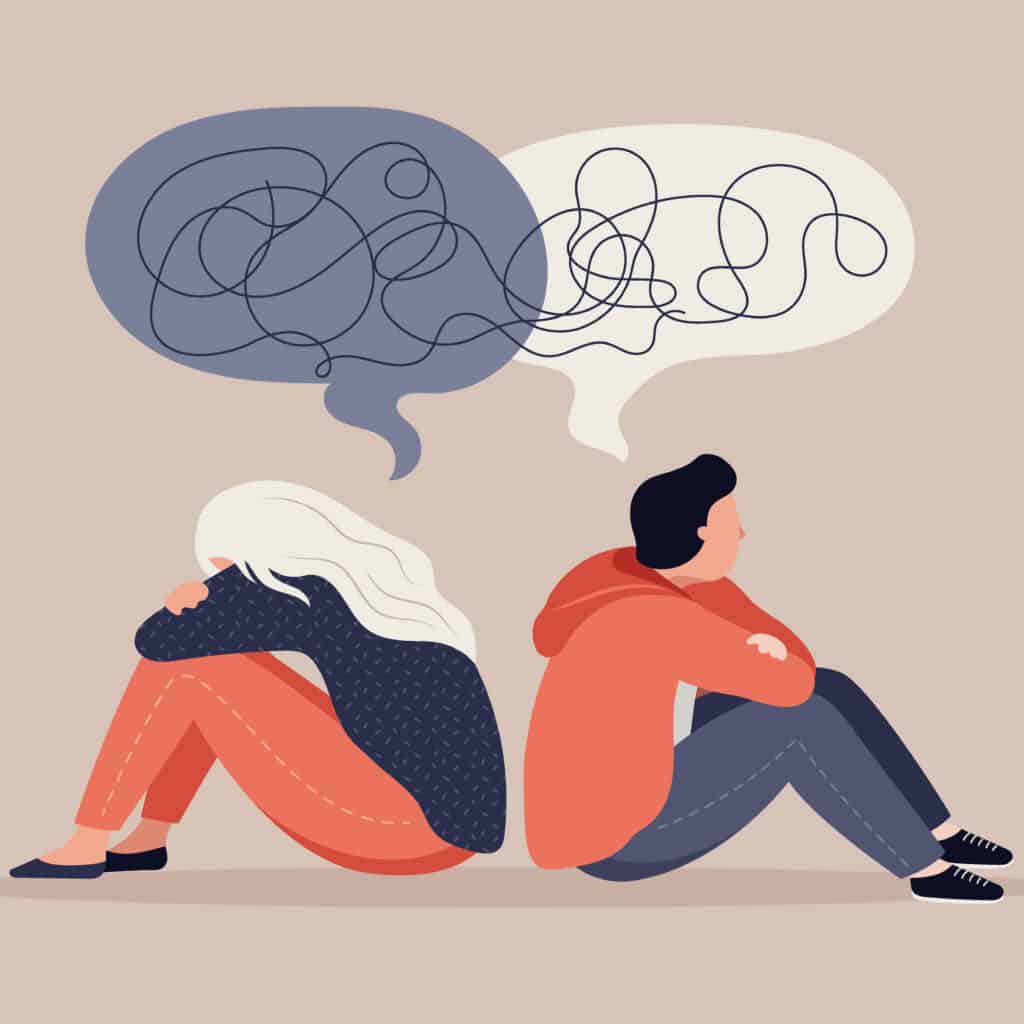The National Center for Victims of Crime defines dating violence as “controlling, abusive and aggressive behavior in a romantic relationship.” It can include verbal, emotional, physical, or sexual abuse, or a combination of any. The Centers for Disease Control (CDC) reports that in the U.S., approximately 24 people each minute are victims of rape, physical violence, or stalking.
Full PDF here.
How does it begin?
Dating violence often starts with emotional abuse like name calling or teasing. It may seem innocent at first, but those behaviors can lead to more serious things like physical assault, stalking, or rape. Anxiety, depression, drug or alcohol use, having multiple sexual partners, witnessing violence, or having no parental supervision (for teens) are all factors that can incite an abusive relationships.
Who does it affect?
Dating violence affects people of both genders, but the type of abuse often differs between sexes. Males are more likely to punch or force unwanted sexual activity, while females are more likely to threaten to hurt themselves, yell, kick, pinch, or slap.
For both male and female victims, the physical and emotional effects can be debilitating.


For teens, who are still developing emotionally, consequences can include doing poorly in school, suicide attempts, physical fighting, and binge drinking. Unfortunately, those who experience these behaviors often take these patterns of violence into future relationships.
Do you need help? Does a friend?
Call the local domestic violence 24-hour crisis hotline at (423) 755-2700. The Partnership for Families, Children and Adults’ Family Violence Center provides immediate shelter, counseling, and support for victims of abuse and dating violence.
If you or someone you know is experiencing dating violence, the Office for Victims of Crime at the U.S. Department of Justice (ojp.usdoj.gov) offers helpful resources and an online directory of crime victim services across the U.S. and abroad. Don’t wait. Call and get help today!
Forms of Dating Violence
Physical abuse – shoving, punching, slapping, pinching, kicking, hair pulling
Sexual abuse – unwanted touching and kissing, forced sex or sexual acts, withholding birth control
Controlling behavior – calling to “keep track” of your actions, keeping you from friends, telling you what to wear, needing to be with you all the time

